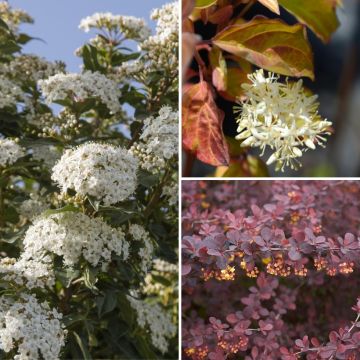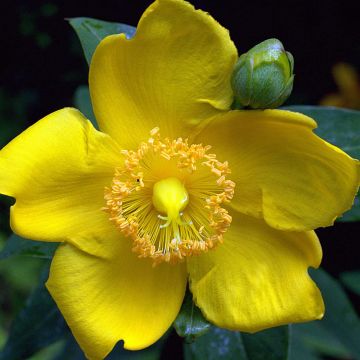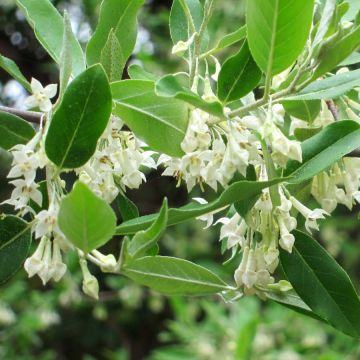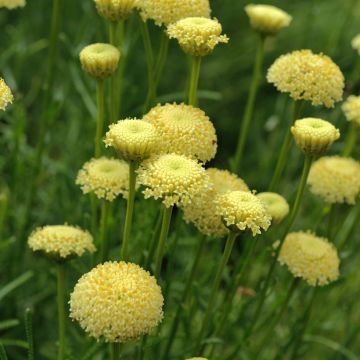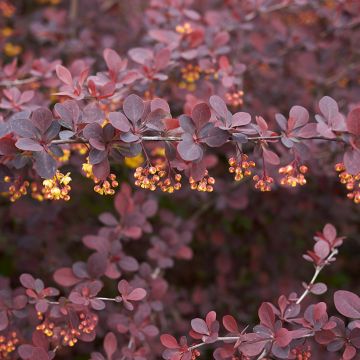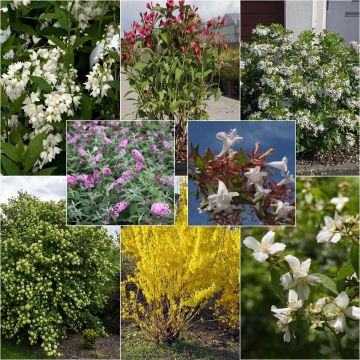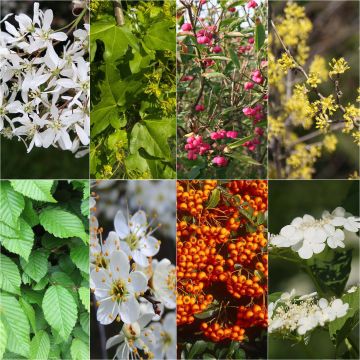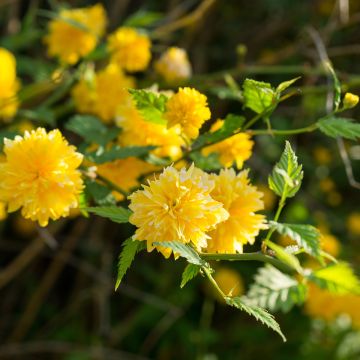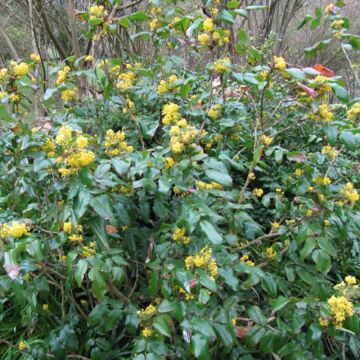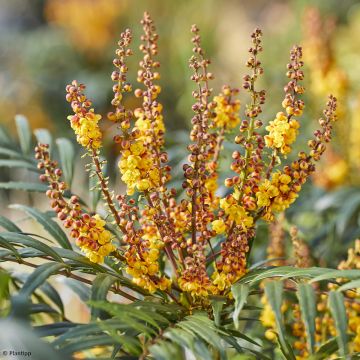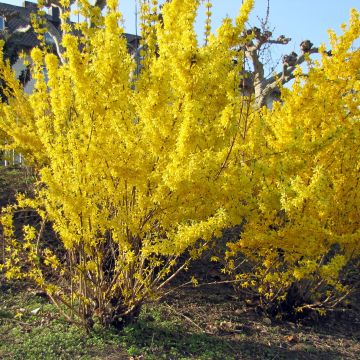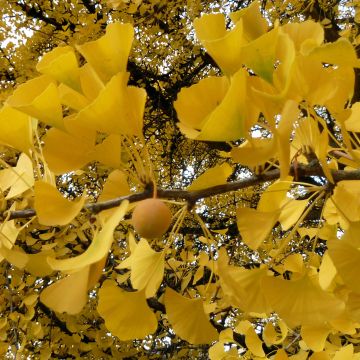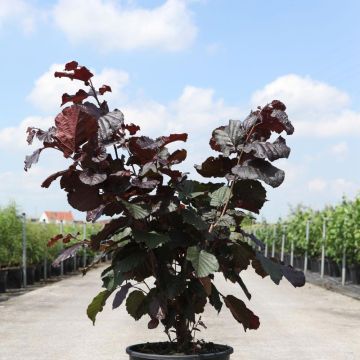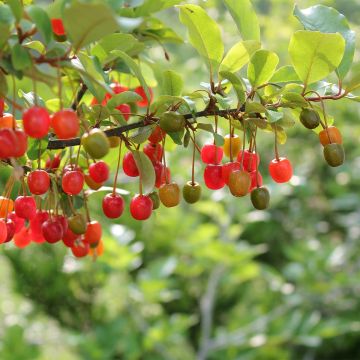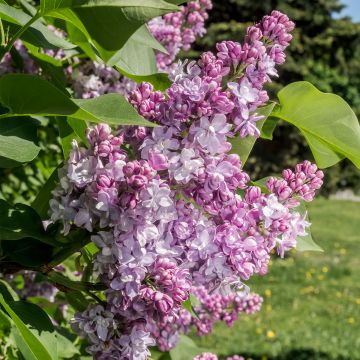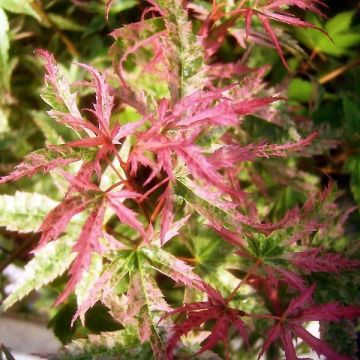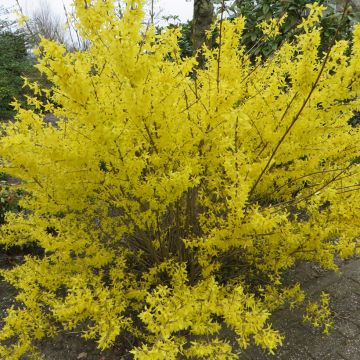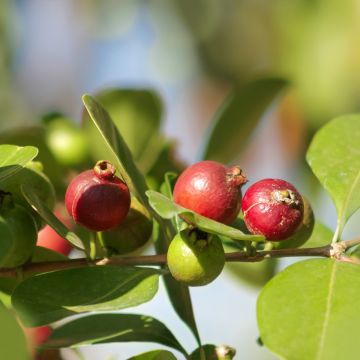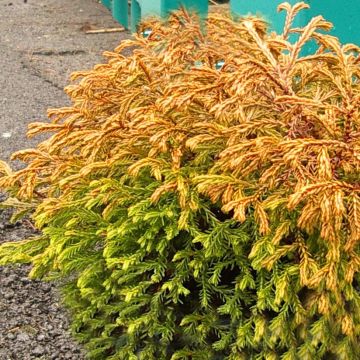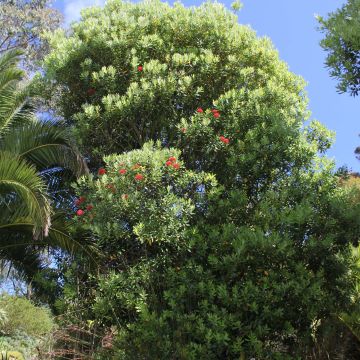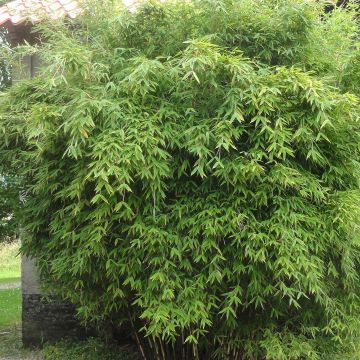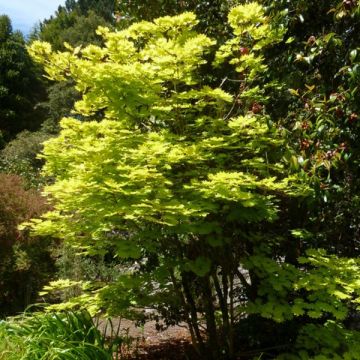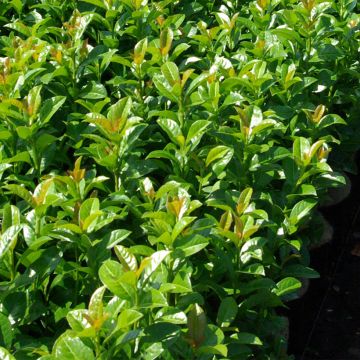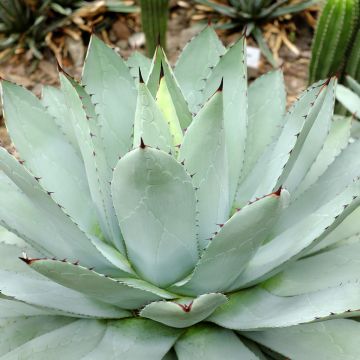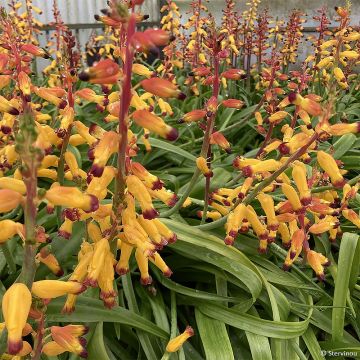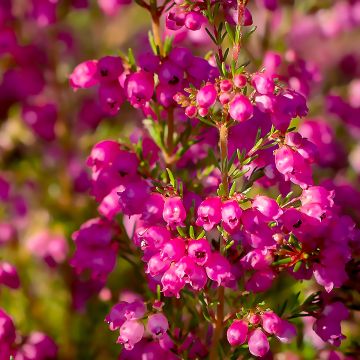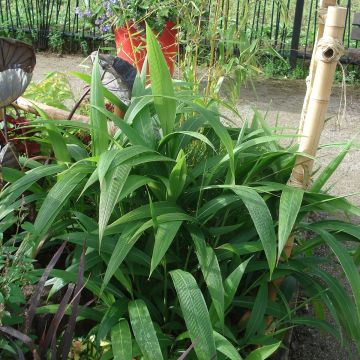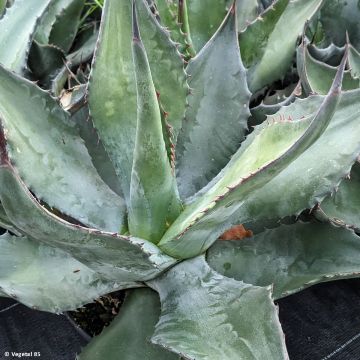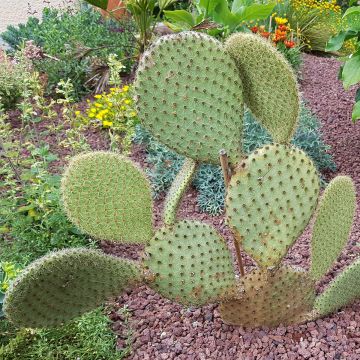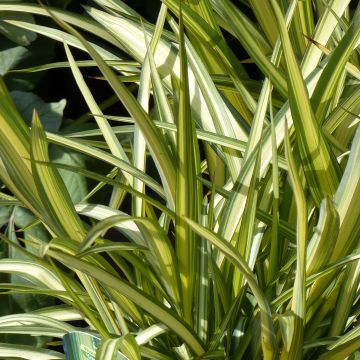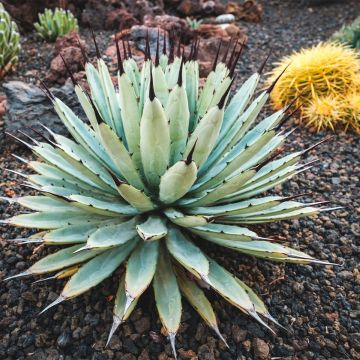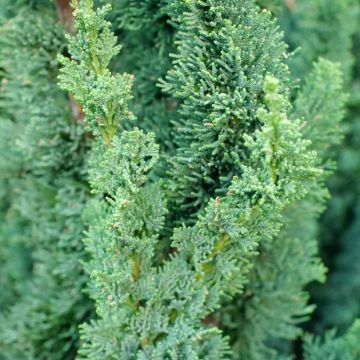Shipping country and language
Your country of residence may be:
Your country of residence is:
For a better user experience on our website, you can select:
Your shipping country:
Andorra
Austria
Belgium
Bulgaria
Canada
Chile
Croatia
Cyprus
Czechia
Denmark
Estonia
Finland
France
Germany
Greece
Hungary
Iceland
Ireland
Italy
Latvia
Lithuania
Luxembourg
Malta
Monaco
Netherlands
Poland
Portugal
Romania
Slovakia
Slovenia
Spain
Sweden
Switzerland
United Kingdom
We only deliver seed and bulb products to your country. If you add other products to your basket, they cannot be shipped.
Language:
French
German
Spanish
English
My Account
Hello
My wish lists
Plantfit
Log in / Register
Existing customer?
New customer?
Create an account to track your orders, access our customer service and, if you wish, make the most of our upcoming offers.
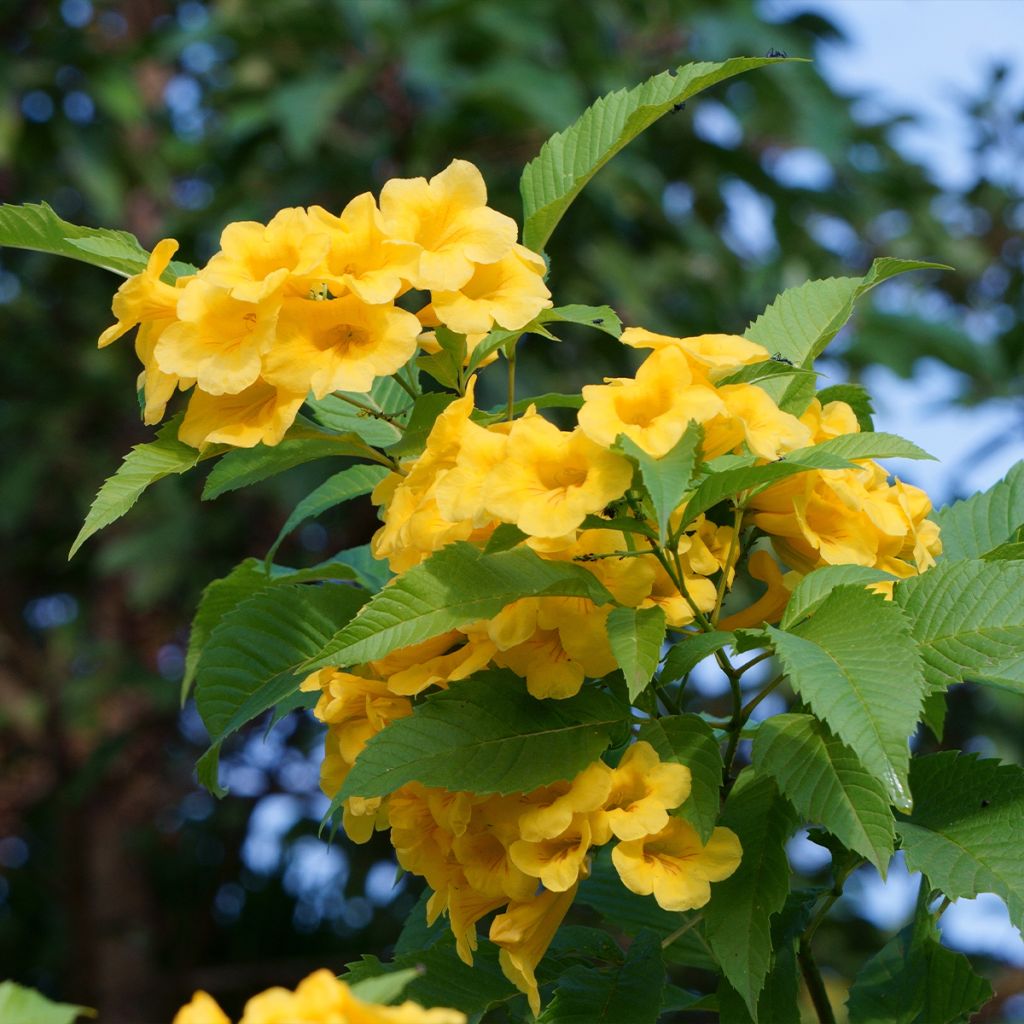

Tecoma stans - Trompette d'or
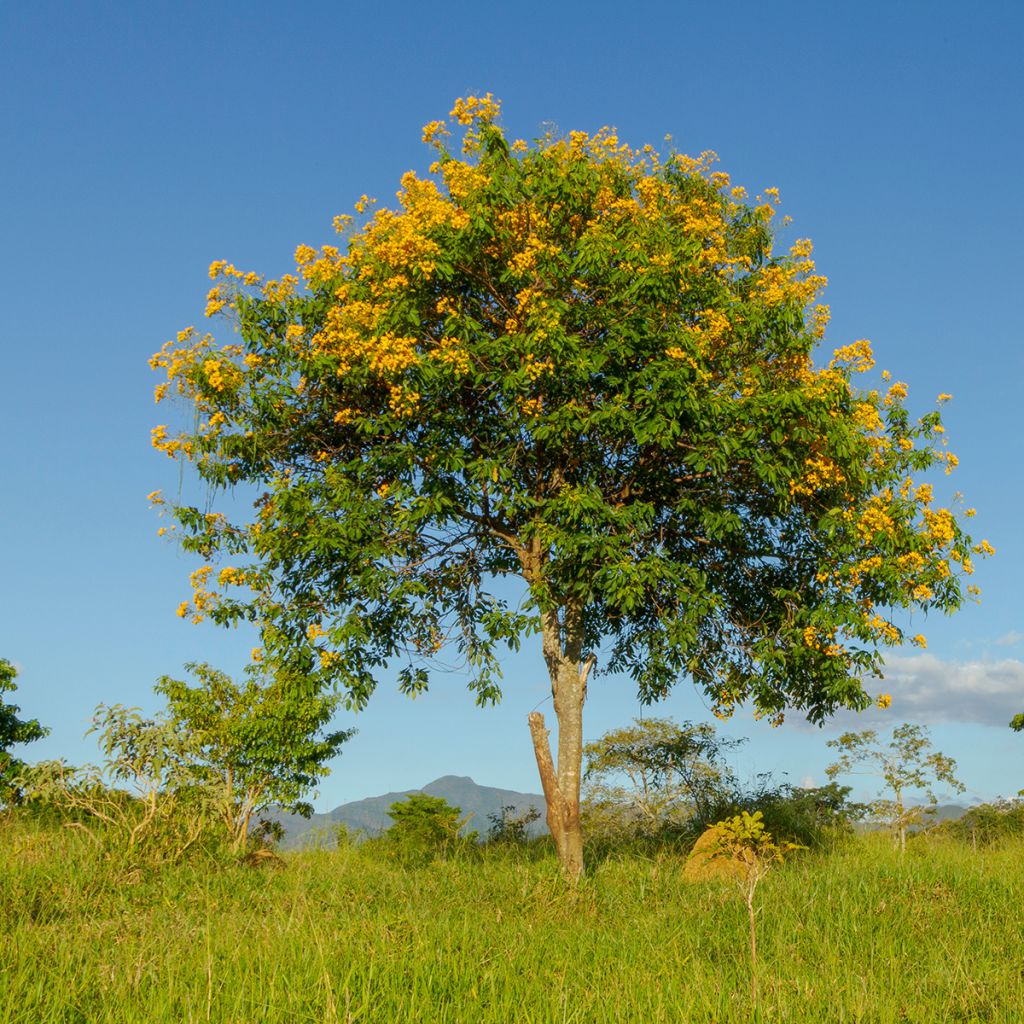

Tecoma stans - Trompette d'or
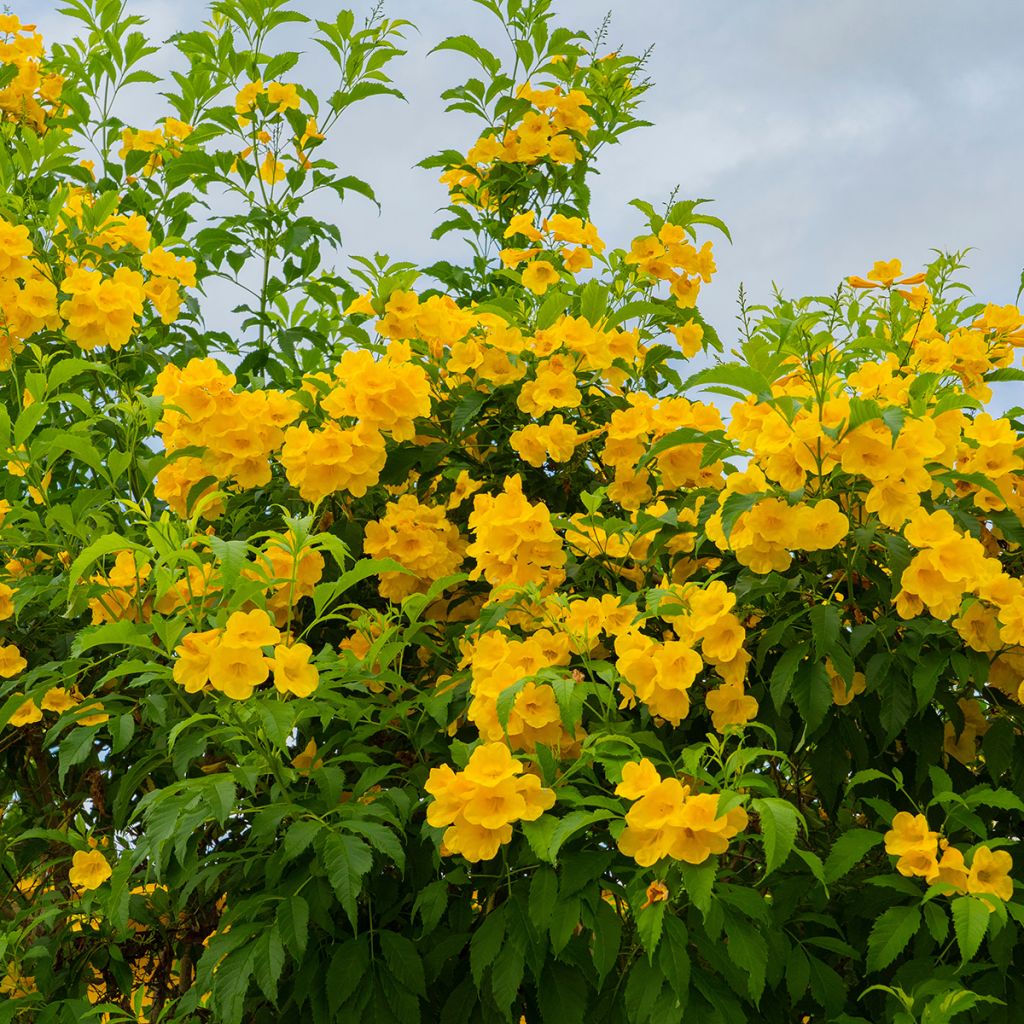

Tecoma stans - Trompette d'or
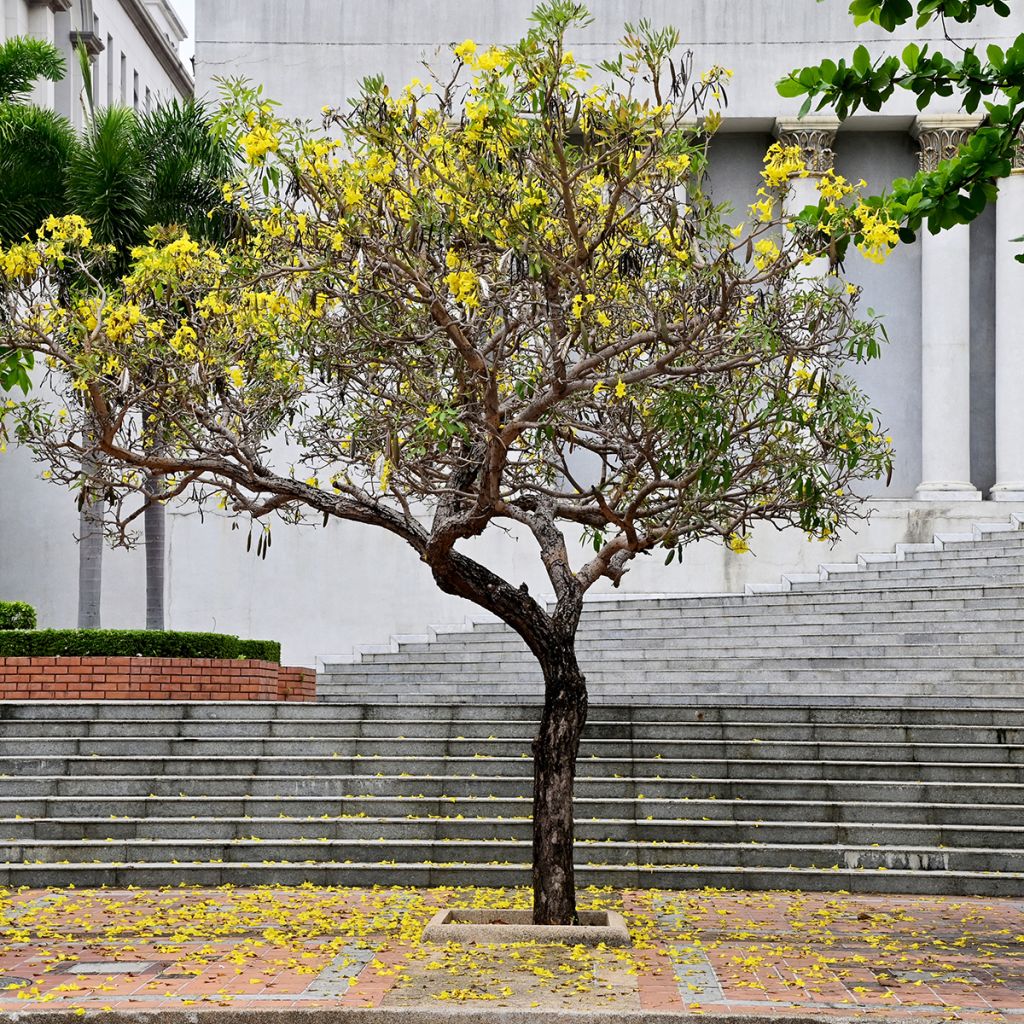

Tecoma stans - Trompette d'or
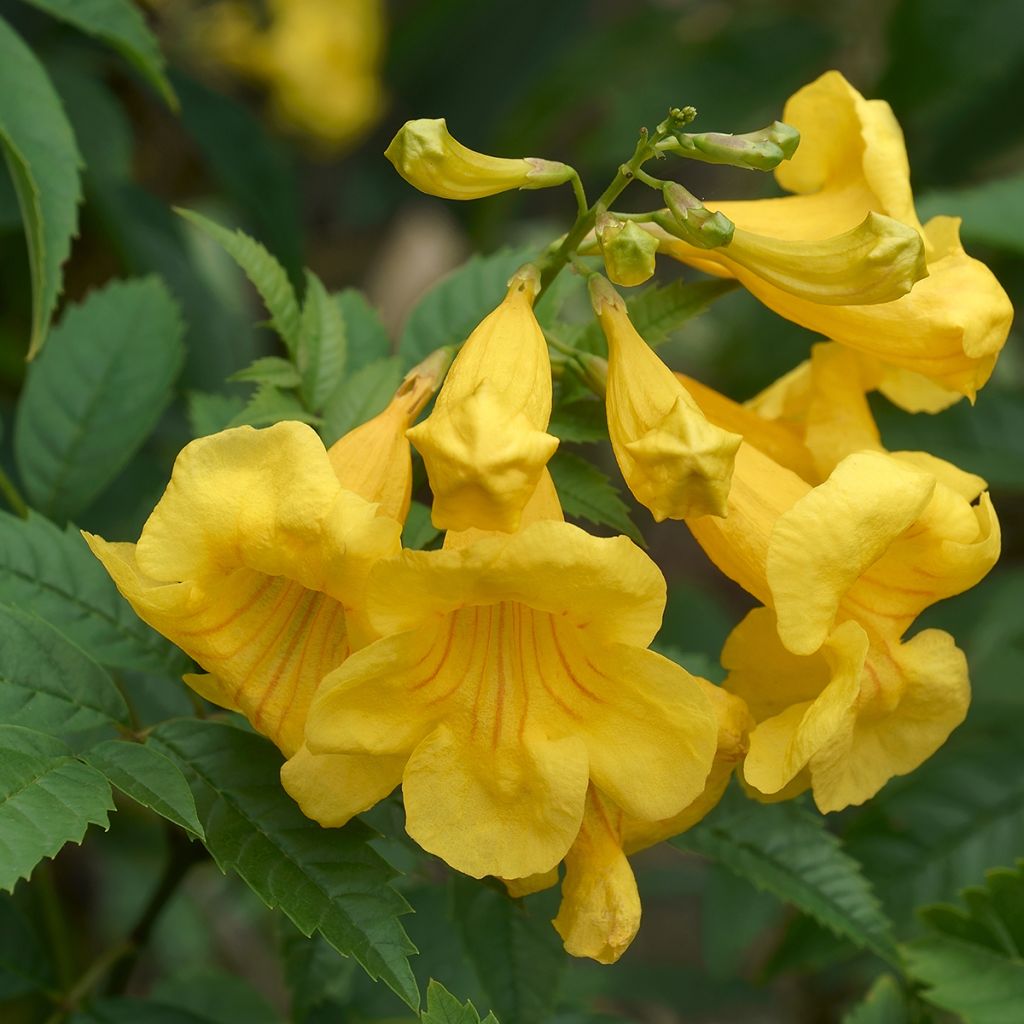

Tecoma stans - Trompette d'or
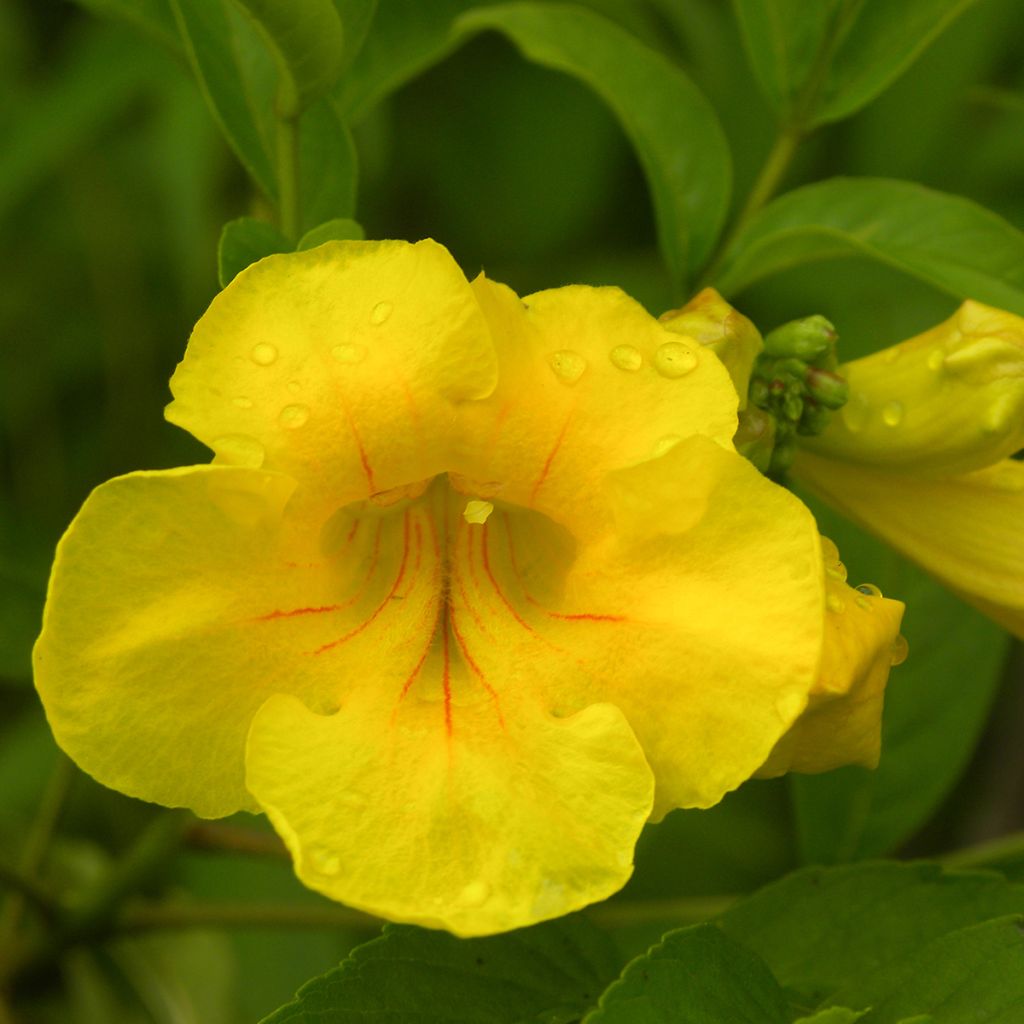

Tecoma stans - Trompette d'or
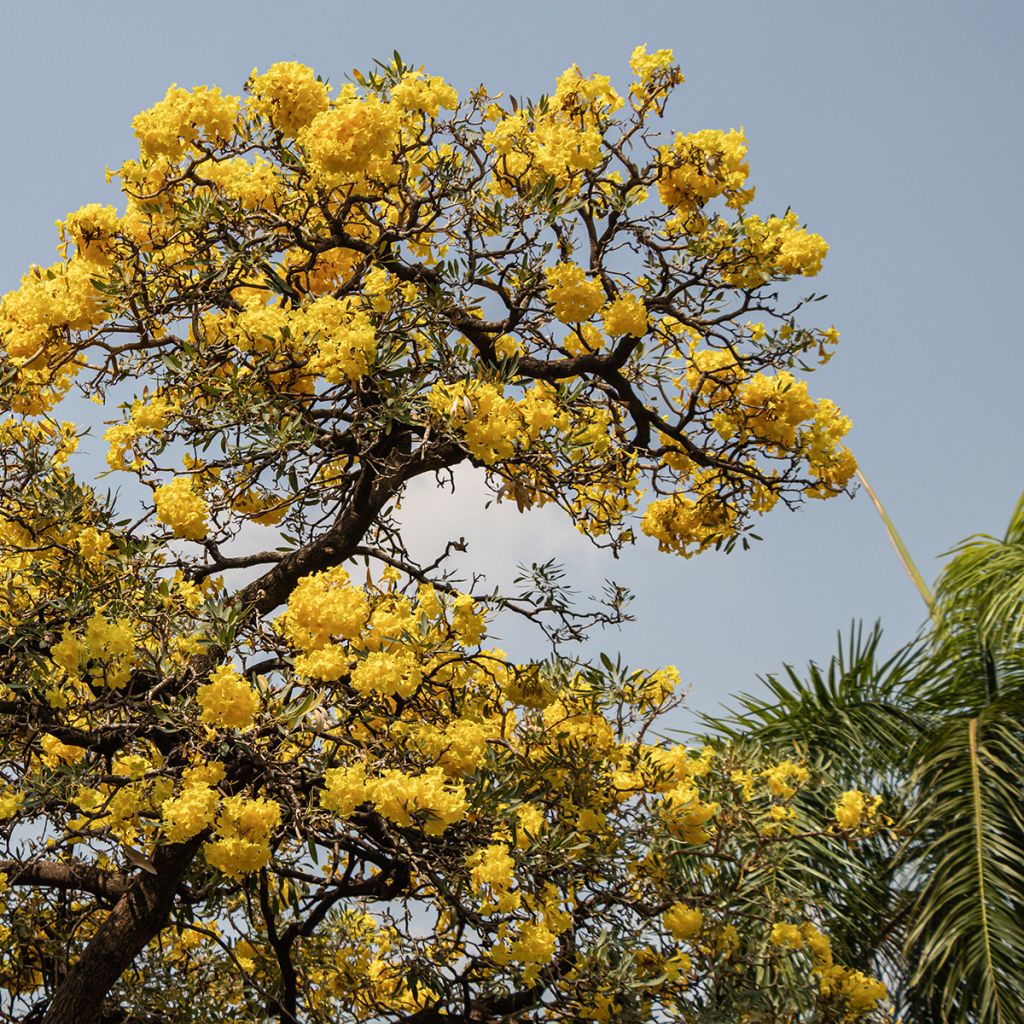

Tecoma stans - Trompette d'or
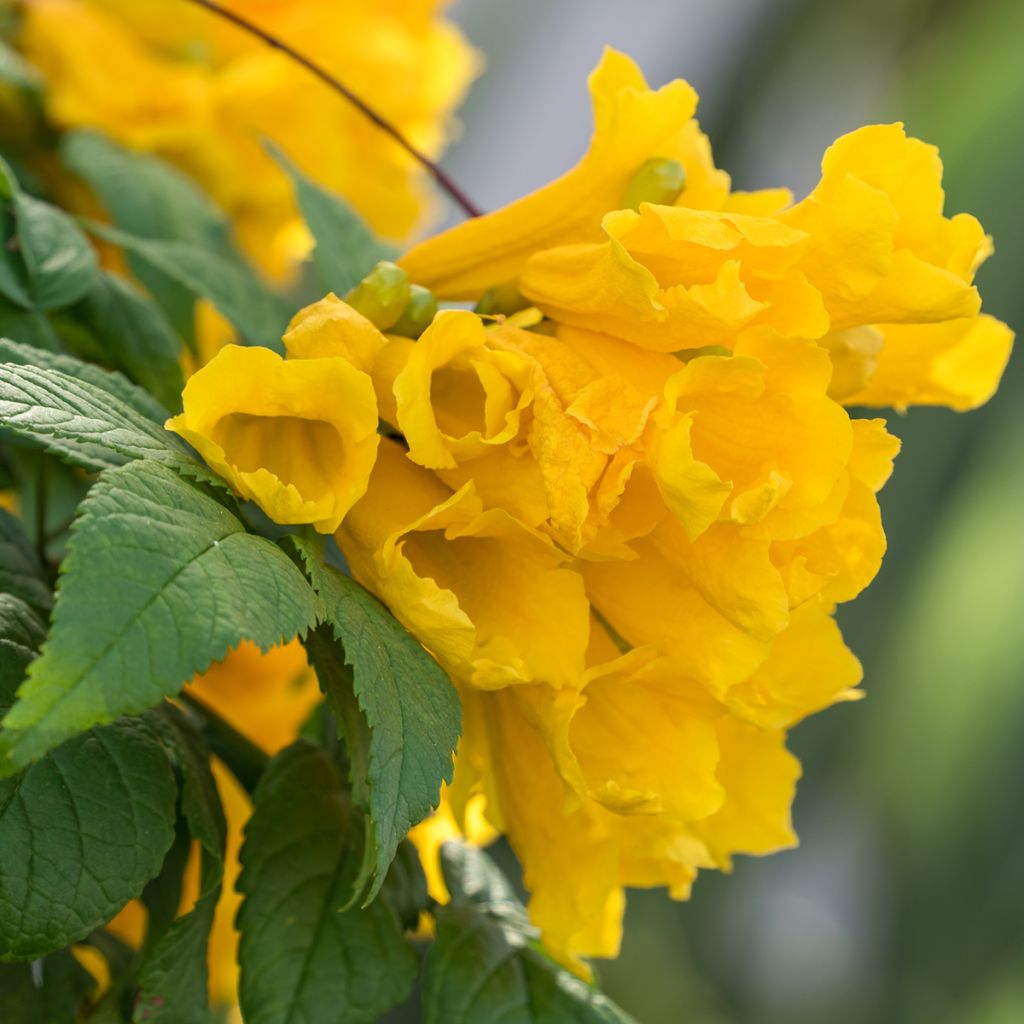

Tecoma stans - Trompette d'or
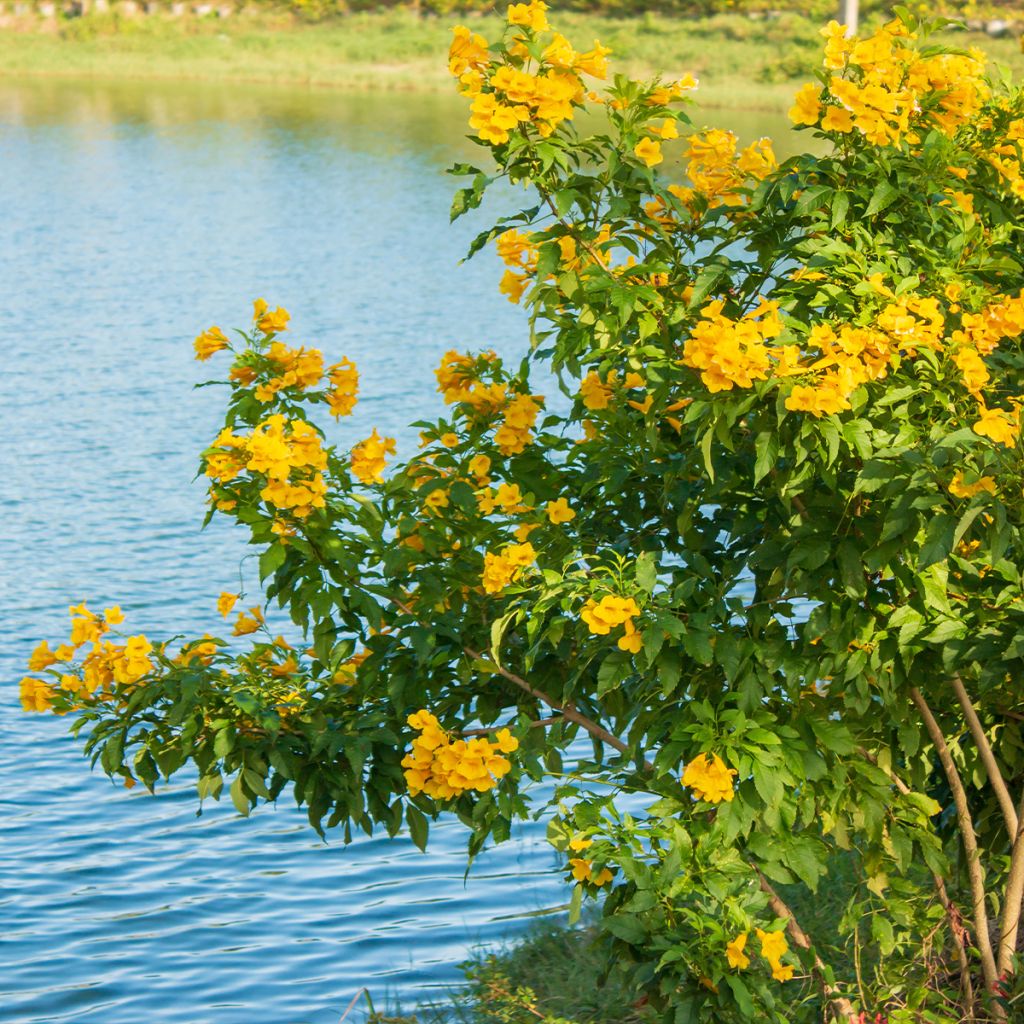

Tecoma stans - Trompette d'or
Tecoma stans
Tecoma stans
Shrubby Trumpet Flower, Golden Trumpet
Why not try an alternative variety in stock?
View all →Order in the next for dispatch today!
Dispatch by letter from €3.90.
Delivery charge from €5.90 Oversize package delivery charge from €6.90.
More information
This item is not available in your country.
Schedule delivery date,
and select date in basket
This plant carries a 24 months recovery warranty
More information
We guarantee the quality of our plants for a full growing cycle, and will replace at our expense any plant that fails to recover under normal climatic and planting conditions.
Oversize package: home delivery by special carrier from €6.90 per order..
Express home delivery from €8.90.
Does this plant fit my garden?
Set up your Plantfit profile →
Description
The Tecoma stans or Golden Trumpet is a tropical shrub that can also grow in a warm temperate climate. Its flowering is particularly attractive, consisting of numerous clusters of trumpet-shaped flowers in a bright yellow color. It stretches throughout the growing season, from spring to the beginning of autumn, making it an extremely desirable flowering plant. As it is frost-sensitive, it can only be planted in a few frost free areas. However, Tecoma stans can be cultivated in containers elsewhere, allowing it to be enjoyed on a terrace during the warm season, and then overwintered in a bright frost-free room.
The genus Tecoma belongs to the Bignoniaceae family, which includes trees (such as Catalpa), shrubs, and numerous climbers and lianas (Campsis, Podranea, etc.). There are 14 species of Tecoma, 2 from Africa and the others from South America, mainly evergreen shrubs and small trees.
This is the case with Tecoma stans, which is mainly native to tropical areas of South America and also Central America, where it grows from sea level up to 1300m (4265ft) altitude, in deciduous or semi-evergreen forests. It forms a shrub or a small tree, ranging from 4.50m (15ft) to 6-8m (20-26ft) in height, with a grayish and rough bark. Highly branched, it generally has a rounded habit. It is a semi-deciduous species, meaning it loses its leaves when new ones appear.
Cultivated in a warm temperate climate, it behaves as a deciduous plant, losing its leaves due to winter cold. Only the mildest areas can accommodate it in the ground (there is one specimen in the botanical garden of Bormes les Mimosas, well protected in the heart of the old village). Under this type of climate, it usually forms a bush 2-3m (7-10ft) in height, decorative with its beautiful cut leaves and especially its magnificent flowering. From April to September, clusters of bright yellow flowers are constantly renewed, attracting attention from all around. Shaped like trumpets measuring 4 to 5cm (2in) in width, slightly fragrant, they are grouped at the ends of branches. Nectar-bearing, they attract bees and butterflies. Their bright yellow color is tinged with subtle red streaks in the corolla tube. The fruits that follow are elongated pods, measuring up to 20cm (8in) in length, initially green and then turning dark brown when ripe. Dehiscent, they open by themselves to release numerous winged seeds, dispersed by the wind.
The abundant foliage is a beautiful bright green, with a light and very decorative appearance. It is composed of opposite leaves on the stems, measuring up to 25cm (10in) in length and consisting of 5 to 13 leaflets. Lanceolate and relatively narrow, they are delicately toothed. A frost-sensitive plant, its above-ground parts can be destroyed from -2°C (28.4°F). The root, on the other hand, is more resistant, being able to withstand temperatures down to -8°C (17.6°F) or -10°C (14°F) and then regrow in the following spring.
With its deliciously exotic appearance, Tecoma stans is captivating due to its enchanting and long-lasting flowering. Accompany it with other tender plants to create a tropical-inspired scene on your terrace. The Plumbago capensis will play the color contrast card with its long-lasting blue flowers. If you have enough space to overwinter a container with a trellis, go for the Hardenbergia violacea, a fabulous climber producing numerous violet-colored flowers resembling peas. And to add a tangy touch to your decor, why not choose a Citrus limon, which will offer you enchanting white flowers and lemons that you can use in the kitchen.
Tecoma stans in pictures
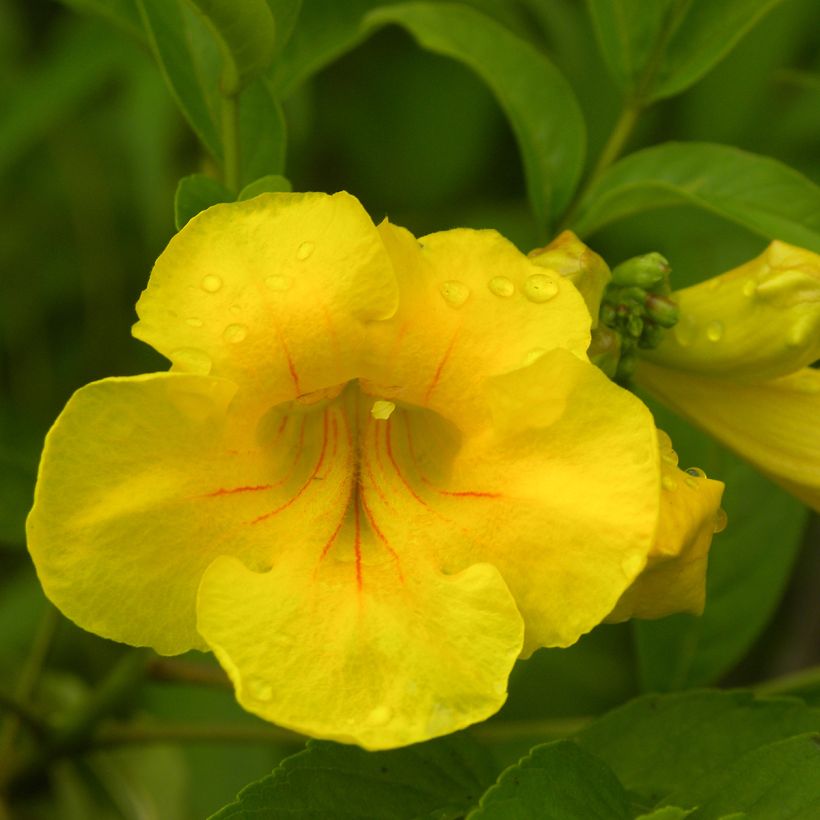

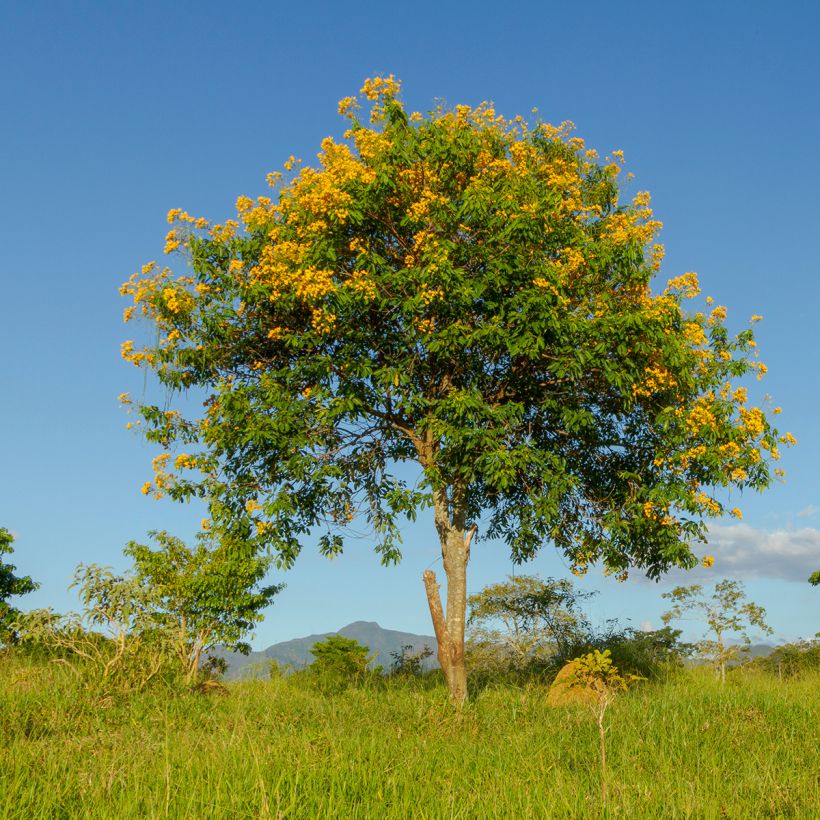

Plant habit
Flowering
Foliage
Botanical data
Tecoma
stans
Bignoniaceae
Shrubby Trumpet Flower, Golden Trumpet
South America
Other Shrubs A to Z
Planting and care
The Tecoma stans is a non-hardy plant whose above-ground part freezes from around -2°C (28.4°F), but its stump can restart after more intense frosts (up to -8/-10°C (17.6/14°F)). Therefore, planting it in open ground is reserved for frost-free micro-climates. Everywhere else, it will have to be grown in a container in order to be overwintered in a frost-free veranda or a very bright room.
In the garden, it will thrive in a rich, moist, but well-drained soil, and especially in a very sunny exposure. It will also be necessary to choose a location sheltered from the wind, a south-facing stone wall will be ideal. Once well rooted, it can withstand dry periods, but occasional watering will always be preferable.
In a container, use a light, well-drained potting soil that remains moist. We recommend the following mixture: 60% good horticultural soil, 20% coarse river sand, 20% clay soil for its water retention capacity. The pH should be between 6.5 and 7.5. Water regularly during the summer.
Watch out for red spiders (mites) that can attack this species. Prune at the end of the season before wintering to limit its volume and reduce both the frequency and quantity of watering.
Planting period
Intended location
Care
This item has not been reviewed yet - be the first to leave a review about it.
Evergreen shrubs
Haven't found what you were looking for?
Hardiness is the lowest winter temperature a plant can endure without suffering serious damage or even dying. However, hardiness is affected by location (a sheltered area, such as a patio), protection (winter cover) and soil type (hardiness is improved by well-drained soil).

Photo Sharing Terms & Conditions
In order to encourage gardeners to interact and share their experiences, Promesse de fleurs offers various media enabling content to be uploaded onto its Site - in particular via the ‘Photo sharing’ module.
The User agrees to refrain from:
- Posting any content that is illegal, prejudicial, insulting, racist, inciteful to hatred, revisionist, contrary to public decency, that infringes on privacy or on the privacy rights of third parties, in particular the publicity rights of persons and goods, intellectual property rights, or the right to privacy.
- Submitting content on behalf of a third party;
- Impersonate the identity of a third party and/or publish any personal information about a third party;
In general, the User undertakes to refrain from any unethical behaviour.
All Content (in particular text, comments, files, images, photos, videos, creative works, etc.), which may be subject to property or intellectual property rights, image or other private rights, shall remain the property of the User, subject to the limited rights granted by the terms of the licence granted by Promesse de fleurs as stated below. Users are at liberty to publish or not to publish such Content on the Site, notably via the ‘Photo Sharing’ facility, and accept that this Content shall be made public and freely accessible, notably on the Internet.
Users further acknowledge, undertake to have ,and guarantee that they hold all necessary rights and permissions to publish such material on the Site, in particular with regard to the legislation in force pertaining to any privacy, property, intellectual property, image, or contractual rights, or rights of any other nature. By publishing such Content on the Site, Users acknowledge accepting full liability as publishers of the Content within the meaning of the law, and grant Promesse de fleurs, free of charge, an inclusive, worldwide licence for the said Content for the entire duration of its publication, including all reproduction, representation, up/downloading, displaying, performing, transmission, and storage rights.
Users also grant permission for their name to be linked to the Content and accept that this link may not always be made available.
By engaging in posting material, Users consent to their Content becoming automatically accessible on the Internet, in particular on other sites and/or blogs and/or web pages of the Promesse de fleurs site, including in particular social pages and the Promesse de fleurs catalogue.
Users may secure the removal of entrusted content free of charge by issuing a simple request via our contact form.
The flowering period indicated on our website applies to countries and regions located in USDA zone 8 (France, the United Kingdom, Ireland, the Netherlands, etc.)
It will vary according to where you live:
- In zones 9 to 10 (Italy, Spain, Greece, etc.), flowering will occur about 2 to 4 weeks earlier.
- In zones 6 to 7 (Germany, Poland, Slovenia, and lower mountainous regions), flowering will be delayed by 2 to 3 weeks.
- In zone 5 (Central Europe, Scandinavia), blooming will be delayed by 3 to 5 weeks.
In temperate climates, pruning of spring-flowering shrubs (forsythia, spireas, etc.) should be done just after flowering.
Pruning of summer-flowering shrubs (Indian Lilac, Perovskia, etc.) can be done in winter or spring.
In cold regions as well as with frost-sensitive plants, avoid pruning too early when severe frosts may still occur.
The planting period indicated on our website applies to countries and regions located in USDA zone 8 (France, United Kingdom, Ireland, Netherlands).
It will vary according to where you live:
- In Mediterranean zones (Marseille, Madrid, Milan, etc.), autumn and winter are the best planting periods.
- In continental zones (Strasbourg, Munich, Vienna, etc.), delay planting by 2 to 3 weeks in spring and bring it forward by 2 to 4 weeks in autumn.
- In mountainous regions (the Alps, Pyrenees, Carpathians, etc.), it is best to plant in late spring (May-June) or late summer (August-September).
The harvesting period indicated on our website applies to countries and regions in USDA zone 8 (France, England, Ireland, the Netherlands).
In colder areas (Scandinavia, Poland, Austria...) fruit and vegetable harvests are likely to be delayed by 3-4 weeks.
In warmer areas (Italy, Spain, Greece, etc.), harvesting will probably take place earlier, depending on weather conditions.
The sowing periods indicated on our website apply to countries and regions within USDA Zone 8 (France, UK, Ireland, Netherlands).
In colder areas (Scandinavia, Poland, Austria...), delay any outdoor sowing by 3-4 weeks, or sow under glass.
In warmer climes (Italy, Spain, Greece, etc.), bring outdoor sowing forward by a few weeks.
